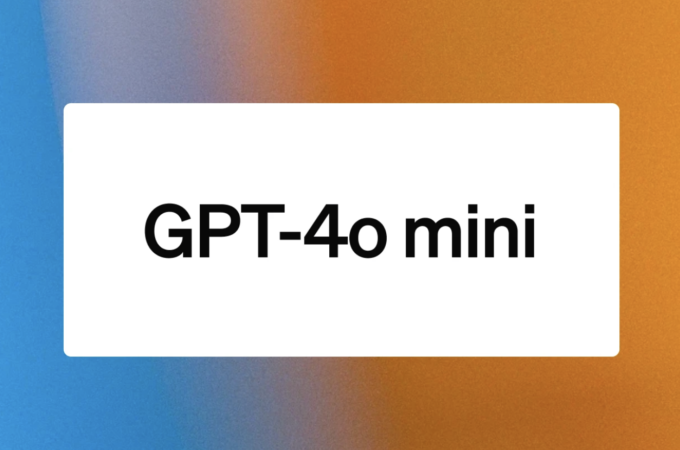
Insurance sector worried as insurtech start-ups cosy up to customers
By Oliver Ralph for Financial Times
Half of incumbents believe they will lose 20% of their business to start-ups.
Deals in the insurance technology market have been coming thick and fast this year. When FinanceFox, an app that helps people manage their insurance online, raised a European record $28m in a funding round in September, it became just the latest in a growing line of insurtech start-ups to attract interest.
Insurance is no longer a sleepy backwater of the fintech world. Last year, insurtech companies raised $2.6bn according to Financial Technology Partners, a San Francisco based investment bank. That was more than in the previous five years combined. So far in 2016, there have been 91 deals raising a total of $1.5bn.
The insurers themselves are starting to sit up and take notice. According to a survey from PwC earlier this year, almost half of insurance companies think they will lose 20 per cent of their business to standalone fintech companies over the next five years.
Their response has been to throw money at the situation. Many of the world’s biggest insurance groups have internal venture capital funds which are looking for investments that could be useful to their core business. Some are also setting up their own internal accelerators to develop new technology. Germany’s Allianz, for example, has a VC fund and has set up Allianz X, a business which is designed to help entrepreneurs grow new companies.
Despite all the interest and investment in start-ups, the big insurers still dominate the industry. “I don’t see an Uber-type company saying ‘we’re changing the underlying principles of insurance,’” says Nigel Walsh, a partner at Deloitte. “For an insurance policy, you still need underwriting, claims and administration.”
Roy Jubraj, managing director at consultants Accenture, thinks that disruption could eventually come from another direction. “Disruption might come from large players who control large user bases, such as Facebook, Google or Apple. They have a lot of information about people. They could turn the insurers into utilities. They would own the distribution and the insurers would be behind that.”
Losing control of distribution is one of the big challenges that established insurers face from new technology.
A lot of start-ups have focused on selling innovative types of insurance, usually via an app. Metromile, for example, is offering pay-by-the-mile car insurance in the US.Simplesurance, a German start-up, is selling product-by-product insurance via online retailers.
What unites these companies — and many other insurtech challengers — is that they are not regulated insurers in their own right. Instead, they sell the policies and then have them underwritten by established insurers. Metromile has a tie up with National General Insurance. Simplesurance has a deal with Allianz and has recently signed a partnership with Munich Re.
Mr Jubraj says that the start-ups are better at creating these sorts of products than the insurers themselves are. “[The insurers] are a bit behind on the concept of digital — proper end-to-end service design rather than just digitalising existing products,” he says.
The danger, say experts, is that the insurers move further and further away from the end user. “The bit insurers miss is engagement with the customer. They don’t have a lot of opportunities to engage,” says Mr Walsh.
One of the responses to this problem is for the insurers to find other ways to get close to the customers. Here, the big hope is the so-called internet of things, in which anything from your car to your TV to your fridge would be connected to the internet.
Insurers see several opportunities here. The first is the chance to learn more about how customers behave. They have been using this principle in cars for years, installing telematics boxes that provide data about how well (or badly) the customer is driving. Discovery, a South African insurer, has extended the principle to health insurance via the Vitality brand, which is being rolled out around the world. Customers who exercise more pay less for their insurance.
The bit insurers miss is engagement with the customer
Allied to this is the potential use of all the data that these devices produce to make better decisions about underwriting and pricing in the future.
The other opportunity is preventive. By analysing what is happening in, say, a factory or a house or a car, the insurers hope to be in a position to prevent accidents from happening and so cut down on the cost of claims. A gas sensor in a home, for example, may be able to detect a leak before a human does. Insurers are also increasingly using connected devices to clamp down on fraud.
Insure The Box, a telematics-based car insurer in the UK already uses its black boxes to help out when things do go wrong. If its sensors detect that the car may have been involved in an accident, and the driver cannot be reached by phone, the company will alert the emergency services to the scene.
There are, however, threats to insurers in the development of ever-more intelligent devices. Driverless cars are one of the most high-profile examples. They are expected to change car insurance in two ways. First, they could change the nature of the product, with car manufacturers rather than consumers becoming the main buyers of policies.
Second, they could cut the amount of insurance that needs to be bought. One of the great hopes for autonomous vehicles is that, by cutting driver error, they will reduce the number of accidents. Autonomous, an equity research firm, expects UK carinsurance premiums to fall by 63 per cent between 2016 and 2060. It expects profits from the product to fall by 80 per cent over the same period.
First appeared at FT





